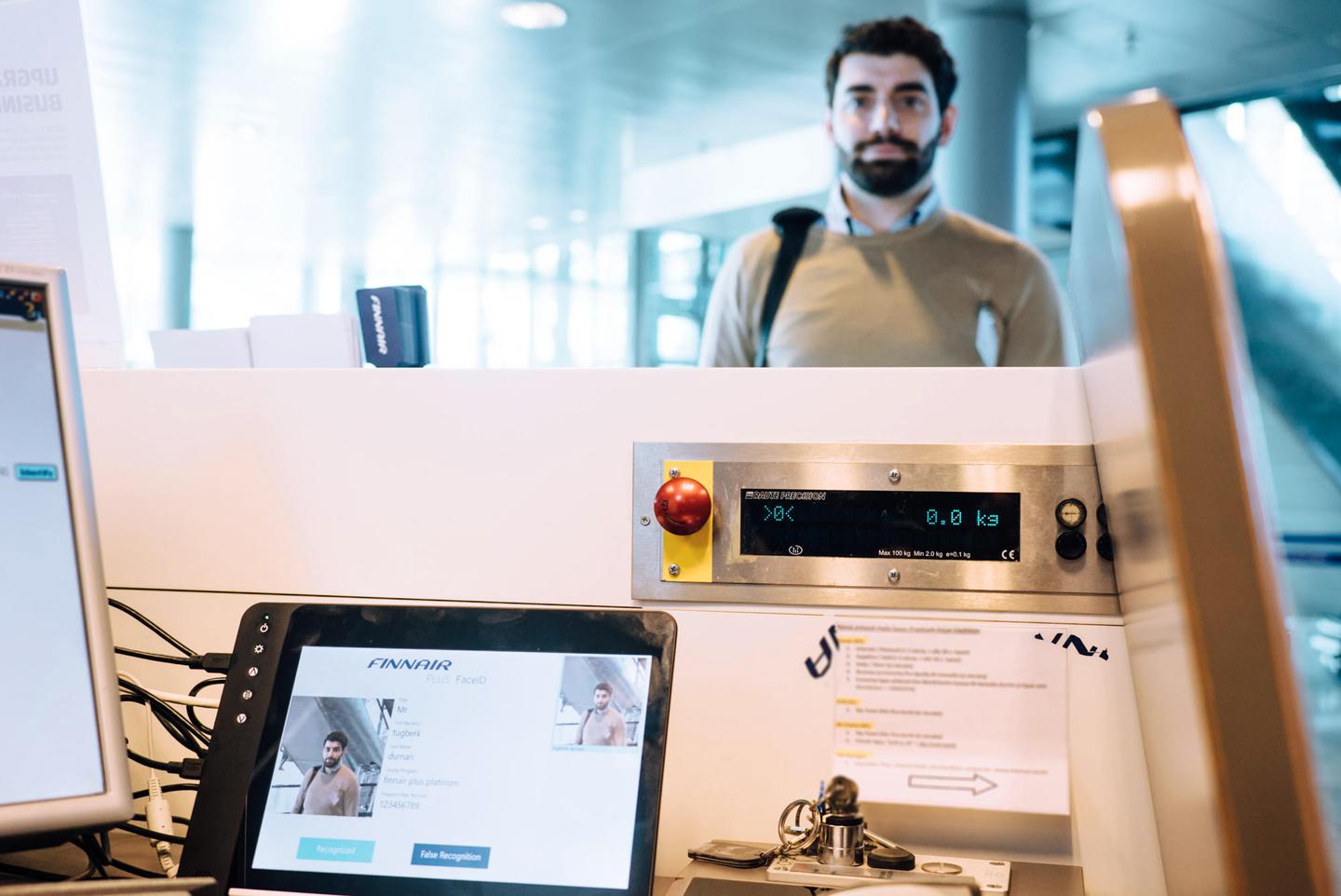Design Thinking is Dead. Long live innovation!
Design Thinking has for years been a regular feature at countless conferences. It has been referenced in even more articles and books. Corporate employees have gone through days and days of training in the discipline – everyone from R&D and IT to marketing and sales were converted.
Or so management hoped. The thinking on Design Thinking was that after a few days of training, the company is ready to innovate. The promise was “a new creative way to solve problems”.
The term has raised a lot of expectations and caused controversy in the past. It has been praised and cursed, hyped and slaughtered. But looking at it now, one thing is obvious: “Thinking” doesn’t convey action. Thinking happens in the mind and can’t change things outside of one’s own thoughts.
Why are so many companies fascinated by this concept? Is Design Thinking the “holy grail” some claim it is?
A new movement started in the community a few years back and discussion shifted from “Design Thinking” to “Design Doing” - the actual application of “Design Thinking”. Taking action to bring ideas and prototypes alive. Sounds great, doesn’t it?
Let’s cut the crap. Really? “Design Thinking” and “Design Doing”? How about “Design.” Yes, just Design. Design is a mindset, an approach, a set of principles, a way of thinking and first and foremost a process of creation. Focusing on good design solves problems and sparks innovation.
It’s what great designers have been doing for centuries.
“Design” is a mindset
The typical Design Thinking process helps us gain an understanding of how great designers approach a problem. Principles such as user-centricity, iterative working and collaborative design build the core. To help our clients to apply a design mindset to their work, Futurice developed the Lean Service Creation (LSC) toolkit. It consists of best practices from hundreds of projects, blending service design, user-centric approaches, lean business thinking, agile development and lean startup mentality: https://www.leanservicecreation.com/
“Design” expertise comes from continuous application
A short intro course to “Design Thinking” is a good starting point. However, a way of thinking and a deeply intrinsic (company) culture cannot be changed in a day. Understanding comes from continuous application. Implementing projects with experts is the only way to gain a holistic understanding of the design principles. Rome wasn’t built in a day and you will not become an expert overnight. The devil is in the details – the subtle differences and challenges in each project. No book or process can teach you about real life obstacles and how to solve them. An experienced and diverse team can.
“Design“ is hands-on skills
Many of our clients have drawers full of great ideas, just laying around. There are many reasons for this inaction, but one key obstacle is missing skills. It takes more than “Design Thinking” to bring ideas alive. Hands-on design and development skills are needed to implement a digital service. It involves actual UX and UI design, as well as programming, right? This is where a multidisciplinary and agile way of working comes into play. The best and most effective way of working is to create diverse teams. (Yeah, design-only teams and the waterfall model are so 90s.) Working in small teams of designers, developers, engineers and business people is not only more fun and effective but mitigates risks and increases the chances of success.
Well, damn it. If design thinking training alone doesn’t work, what can companies do to be more innovative?
Create a culture of experimentation
Many companies have embraced lean and user-centered principles of prototyping and quick experimentation, but they often stop short of providing a truly safe space to experiment. Employees are told to be innovative, but their performance goals and compensation models don’t create the incentives to do so. Experimenting and taking risks is not rewarded. Instead of embraced as a learning experience, failure is treated as a sign of incompetence. Innovation is risky. Fostering growth through trial and error means giving people the freedom to learn. It’s a matter of trusting people and having confidence in them. And yes, it means you have to give up control and stop micro managing.
1. Give people the right tools
Companies invest in innovation hubs and factories to bring ideas to life without giving individuals the tools and processes to make them work. A cool space, an unlimited amount of post-its and a few bean bag chairs aren’t enough - especially in big corporations, where employees’ software choices are limited and everything that’s not Microsoft Office and SAP requires additional work for IT departments to purchase and support. This means making exceptions and taking risks. These teams don’t get these additional tools as a symbol of status, they are their standard everyday working tools - without them they can’t do their work.
2. Value speed over perfection
Striving for perfection used to be a competitive advantage. German manufacturing companies pride themselves for their engineering quality - “Made in Germany” was a guarantee. While perfection might have its advantages in mass production, when it comes to innovation, perfection kills ideas before they are even born. Perfecting products or services also takes a lot of time – time that is we don’t have in today’s fast-paced world. Innovation requires the ability to try out ideas quickly, iterate fast, throw away old ideas and try many more. While the first prototype or idea might not be the jack of all trades device one expects and far from perfect, it has the potential to grow, develop and become the next big thing.
3. Hire people with hands-on skills
While great management skills are indispensable in companies, in small agile innovation teams there’s no space and need for hierarchy and delegation. Ideas only turn into reality in the hands of people with practical skills; people who roll up their sleeves and create. Hire makers! Designers, developers, engineers. They will help bring ideas to life. If you don’t have them at hand, work with external experts, agencies and hands-on consultancies. Many employees can ideate innovative solutions, but only makers can realise them.
4. Find better metrics
New ventures often struggle when they are judged by the same metrics used to evaluate activities that the company has been involved in for decades. It’s very unlikely that a new idea will generate the same profits that proven and optimised activities do. New initiatives can’t compete at the same level and they are killed off before they’ve had a chance to prove themselves. Some clients are really surprised to see how much effort, time and money it takes to create an application. They think the work is done once the new service is programmed, but the fact is, it hasn’t even started. Think up realistic metrics, because you can’t weigh a little baby using the same standards with which you weigh a middle-aged person.
Even when companies talk about how innovation is a top priority, few succeed at creating a culture of innovation in which employees are truly empowered to generate, develop and grow great ideas. They overspend on idea collection activities, then wonder why they fail to meet their innovation goals. Reimagine how to measure employee performance and provide a support system for employees who are willing to take on tough challenges.
Change is never easy, but it can be done. Take the risk to embrace change and uncertainty.
 Melanie DreserPrincipal Designer
Melanie DreserPrincipal Designer

